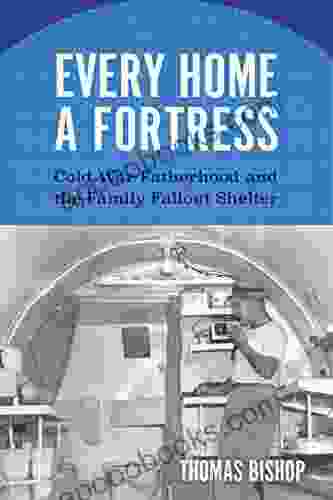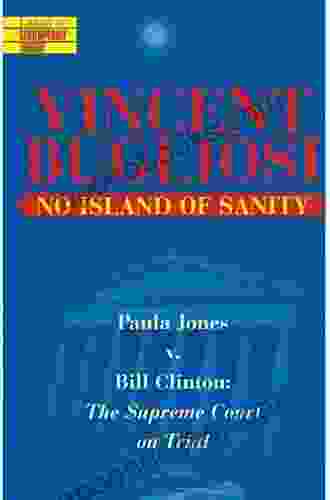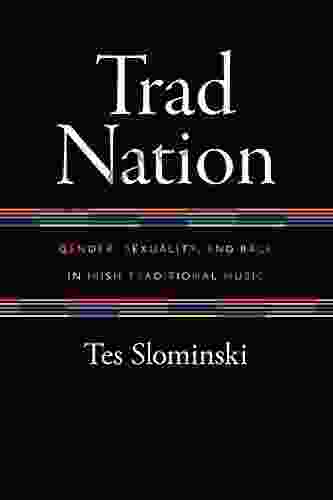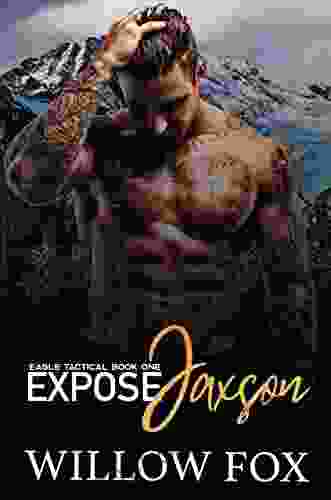Cold War Fatherhood and the Family Fallout Shelter: Culture and Politics in the Atomic Age

During the Cold War era, the threat of nuclear war loomed large over American society. In response to this threat, the government promoted the construction of family fallout shelters as a way to protect citizens from the effects of a nuclear blast. This article explores the cultural and political significance of family fallout shelters during the Cold War, examining how they shaped notions of fatherhood, family, and the role of government in protecting its citizens.
The Rise of the Family Fallout Shelter
In the wake of the atomic bombings of Hiroshima and Nagasaki in 1945, the American public became increasingly aware of the potential for nuclear war. By the early 1950s, government officials and civil defense experts were urging families to prepare for the possibility of a nuclear attack by building fallout shelters in their homes. These shelters were typically constructed in basements or underground spaces and were designed to protect occupants from the radioactive fallout that would be released in the aftermath of a nuclear explosion.
5 out of 5
| Language | : | English |
| File size | : | 2294 KB |
| Text-to-Speech | : | Enabled |
| Screen Reader | : | Supported |
| Enhanced typesetting | : | Enabled |
| Word Wise | : | Enabled |
| Print length | : | 240 pages |
The promotion of family fallout shelters was part of a broader government campaign to prepare the American public for nuclear war. This campaign included public service announcements, educational films, and pamphlets that instructed citizens on how to build and stock fallout shelters. The government also provided financial assistance to families who wanted to build shelters.
Fatherhood and the Fallout Shelter
The construction of family fallout shelters reinforced traditional gender roles and notions of fatherhood. In the Cold War era, the father was typically seen as the protector and provider for his family. Building a fallout shelter was seen as a way for fathers to fulfill this role and to ensure the safety of their loved ones in the event of a nuclear attack.
The image of the father as the builder and protector of the family fallout shelter was often depicted in popular culture. For example, in the 1954 film "Duck and Cover," a father is shown building a fallout shelter in his basement while his wife and children look on. The film emphasizes the importance of the father's role in protecting his family from the threat of nuclear war.
The Family as a Unit of Survival
The family fallout shelter also reinforced the idea of the family as a unit of survival. In the event of a nuclear attack, it was assumed that families would shelter together in their homes. This emphasis on the family as a unit of survival was reflected in government policies and public discourse.
For example, the Federal Emergency Management Agency (FEMA) recommended that families develop emergency plans that included identifying a meeting place in the event of a nuclear attack. The government also provided guidance on how to stock fallout shelters with food, water, and other supplies that would be needed to sustain a family for several weeks.
The Role of Government
The promotion of family fallout shelters also raised questions about the role of government in protecting its citizens. Some critics argued that the government was placing too much emphasis on individual preparedness and not enough on developing a comprehensive national defense system. Others argued that the government was creating a false sense of security by promoting the idea that families could protect themselves from the effects of a nuclear war.
Despite these criticisms, the government continued to promote family fallout shelters throughout the Cold War era. The government's commitment to fallout shelters reflected its belief that the threat of nuclear war was real and that it was the government's responsibility to protect its citizens from this threat.
The Fallout Shelter as a Cultural Icon
Over time, the family fallout shelter became a cultural icon of the Cold War era. It was featured in countless movies, television shows, and other works of popular culture. The fallout shelter became a symbol of the fears and anxieties that Americans felt during the Cold War.
The family fallout shelter also became a symbol of the American dream. In the post-World War II era, many Americans aspired to own a home and to raise a family in a safe and secure environment. The fallout shelter was seen as a way to achieve this dream, even in the face of the threat of nuclear war.
The family fallout shelter was a product of the Cold War era and its unique blend of fear and optimism. It reflected the fears and anxieties that Americans felt about the threat of nuclear war, but it also represented the American dream of homeownership and family security. The fallout shelter has become a cultural icon of the Cold War era, and it continues to fascinate and inspire people today.
Additional Images
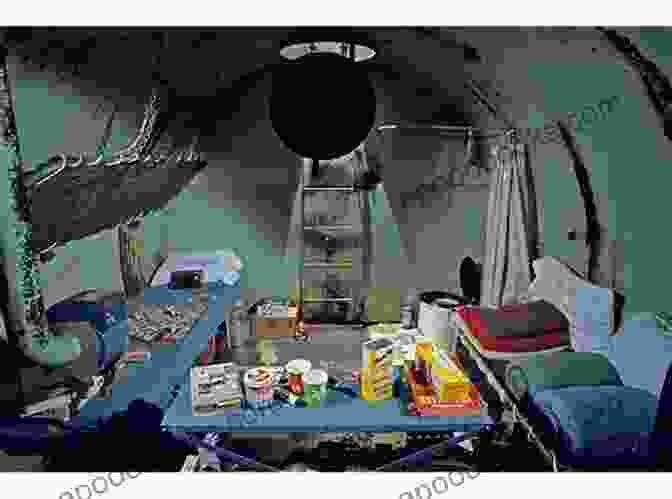
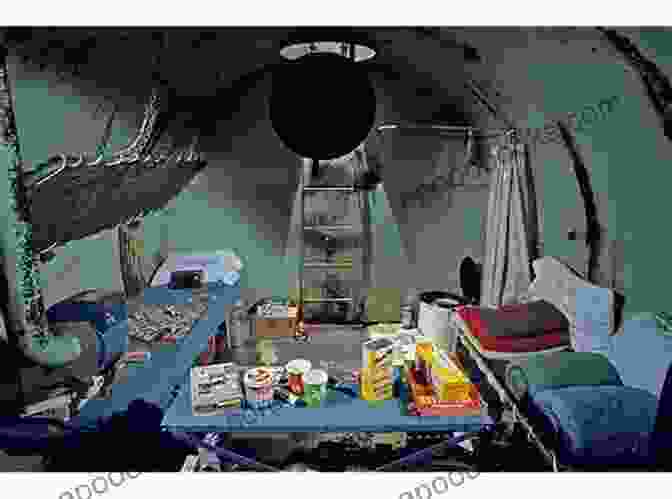
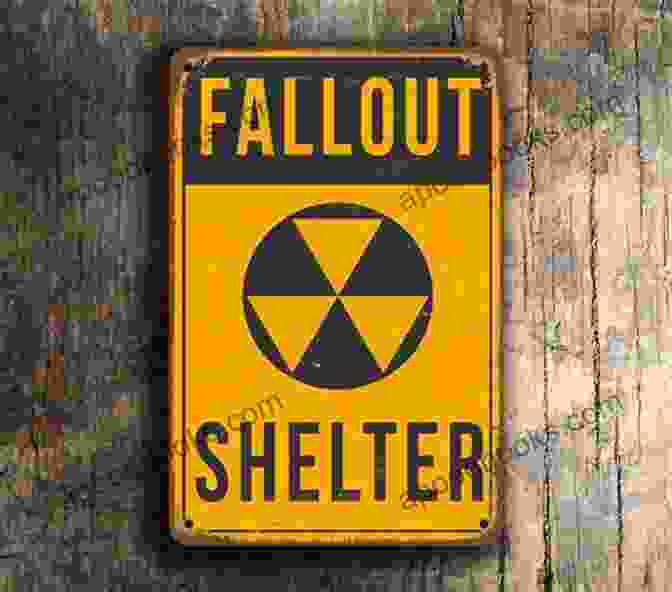
5 out of 5
| Language | : | English |
| File size | : | 2294 KB |
| Text-to-Speech | : | Enabled |
| Screen Reader | : | Supported |
| Enhanced typesetting | : | Enabled |
| Word Wise | : | Enabled |
| Print length | : | 240 pages |
Do you want to contribute by writing guest posts on this blog?
Please contact us and send us a resume of previous articles that you have written.
 Book
Book Novel
Novel Page
Page Chapter
Chapter Text
Text Story
Story Genre
Genre Reader
Reader Library
Library Paperback
Paperback E-book
E-book Magazine
Magazine Newspaper
Newspaper Paragraph
Paragraph Sentence
Sentence Bookmark
Bookmark Shelf
Shelf Glossary
Glossary Bibliography
Bibliography Foreword
Foreword Preface
Preface Synopsis
Synopsis Annotation
Annotation Footnote
Footnote Manuscript
Manuscript Scroll
Scroll Codex
Codex Tome
Tome Bestseller
Bestseller Classics
Classics Library card
Library card Narrative
Narrative Biography
Biography Autobiography
Autobiography Memoir
Memoir Reference
Reference Encyclopedia
Encyclopedia Tawna Fenske
Tawna Fenske Kara King
Kara King Tj Jefferson
Tj Jefferson Robert B Boeder
Robert B Boeder Richard M Valelly
Richard M Valelly Wanda Phipps
Wanda Phipps Chiah Wilder
Chiah Wilder Eric Foner
Eric Foner Shawn D Rochester
Shawn D Rochester Donna Andersen
Donna Andersen Roberto Galli
Roberto Galli J R Ward
J R Ward William C Lewis
William C Lewis Portia Macintosh
Portia Macintosh Sally Hepworth
Sally Hepworth Sandra Newman
Sandra Newman Rupert Smith
Rupert Smith Rupert Matthews
Rupert Matthews Yasuhiro Katagiri
Yasuhiro Katagiri William Dean Howells
William Dean Howells
Light bulbAdvertise smarter! Our strategic ad space ensures maximum exposure. Reserve your spot today!

 Isaac AsimovHow Oliver Wendell Holmes Changed His Mind And Changed The History Of Free...
Isaac AsimovHow Oliver Wendell Holmes Changed His Mind And Changed The History Of Free... Jamie BlairFollow ·10.5k
Jamie BlairFollow ·10.5k Nathaniel PowellFollow ·18.2k
Nathaniel PowellFollow ·18.2k Pablo NerudaFollow ·4.4k
Pablo NerudaFollow ·4.4k Robbie CarterFollow ·19.2k
Robbie CarterFollow ·19.2k Gary ReedFollow ·6.5k
Gary ReedFollow ·6.5k Finn CoxFollow ·6.5k
Finn CoxFollow ·6.5k Abe MitchellFollow ·18.6k
Abe MitchellFollow ·18.6k Dashawn HayesFollow ·7.1k
Dashawn HayesFollow ·7.1k

 Harry Cook
Harry CookRape Blossoms and White Sky: A Floral Symphony of...
A Kaleidoscope of Colors...

 Vic Parker
Vic ParkerThe Passion of Jovita Fuentes: Unveiling the...
Immerse yourself in the...

 Cormac McCarthy
Cormac McCarthySinners and Saints: A Dark New Adult High School Bully...
Sinners and Saints is...
5 out of 5
| Language | : | English |
| File size | : | 2294 KB |
| Text-to-Speech | : | Enabled |
| Screen Reader | : | Supported |
| Enhanced typesetting | : | Enabled |
| Word Wise | : | Enabled |
| Print length | : | 240 pages |


